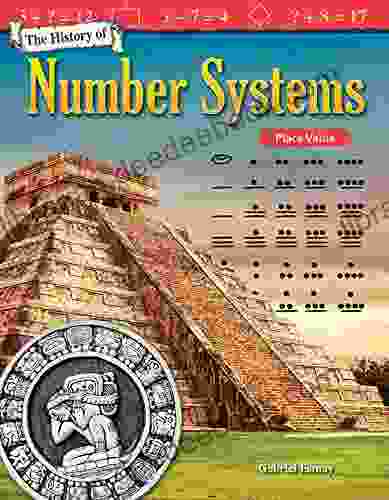The History of Number Systems: From the Tally Mark to the Digital Age

4.5 out of 5
| Language | : | English |
| Hardcover | : | 160 pages |
| Item Weight | : | 1 pounds |
| Dimensions | : | 5.98 x 9.02 inches |
| File size | : | 5769 KB |
| Print length | : | 35 pages |
| Screen Reader | : | Supported |
Numbers are an integral part of our daily lives. We use them to count, measure, track time, and communicate complex ideas. But where did numbers come from, and how have they evolved over time?
The history of number systems is a fascinating journey that spans thousands of years and involves many different cultures. In this article, we will explore the major milestones in the development of number systems, from the rudimentary tally mark to the complex digital systems we use today.
Prehistoric Number Systems
The earliest known number systems were developed by prehistoric humans. These systems were very simple and were used to record quantities such as the number of animals in a herd or the number of days until a particular event.
One of the most common prehistoric number systems was the tally mark system. Tally marks were simply lines or notches that were carved into a bone, stick, or piece of clay.
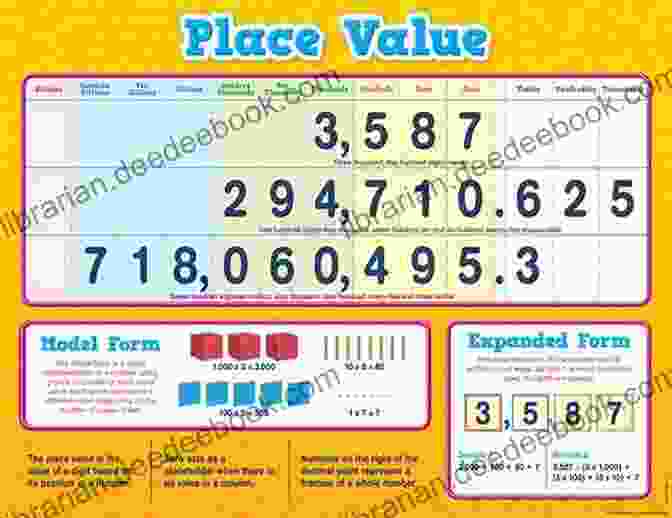
Tally marks were a very simple way to record numbers, but they were limited in their ability to represent large quantities. As a result, prehistoric humans eventually developed more advanced number systems.
Ancient Number Systems
The ancient civilizations of Mesopotamia, Egypt, and India developed more advanced number systems that allowed them to represent large quantities and perform more complex calculations.
The Mesopotamians developed a base-60 system around 3000 BCE. This system was used for both counting and measuring time. The Mesopotamians also developed a system of place value, which allowed them to represent numbers using fewer symbols.
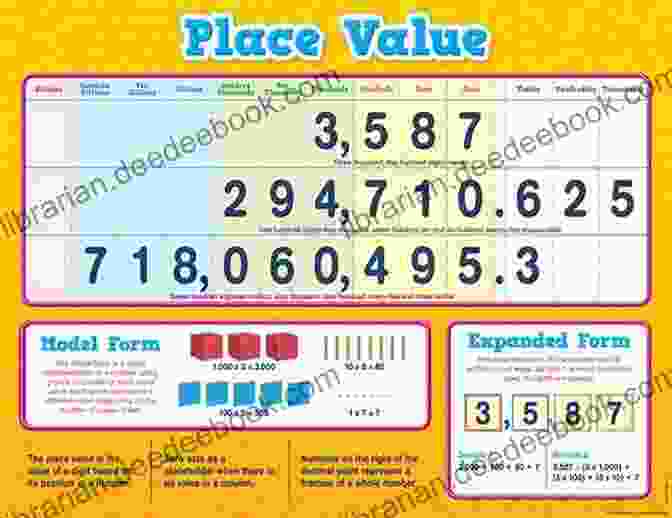
The Egyptians developed a decimal system around 1000 BCE. This system was based on the powers of 10, and it used a set of hieroglyphs to represent numbers.
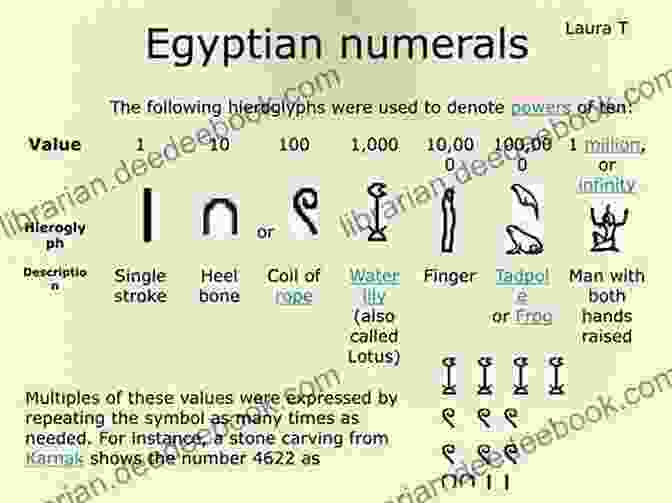
The Indians developed a number system around 500 BCE that included the concept of zero. This concept was later adopted by the Arabs and eventually became the foundation for the modern number system.
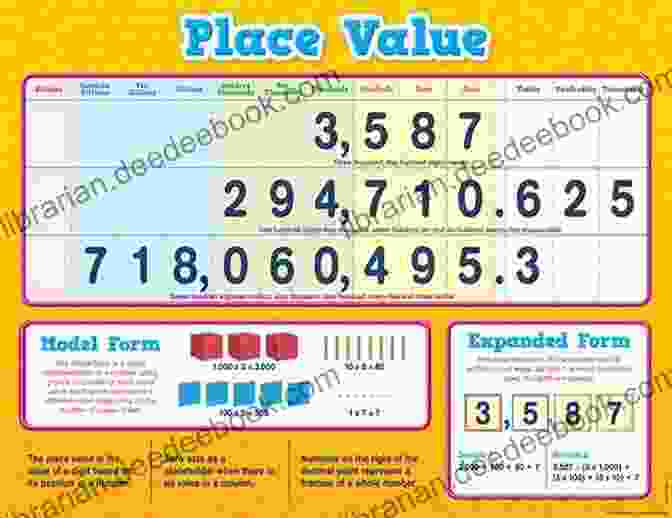
The Modern Number System
The modern number system is a decimal system that uses the digits 0-9. This system was developed in Europe in the Middle Ages, and it is now the most widely used number system in the world.
The modern number system is based on the concept of place value. This means that the value of a digit depends on its position in the number.
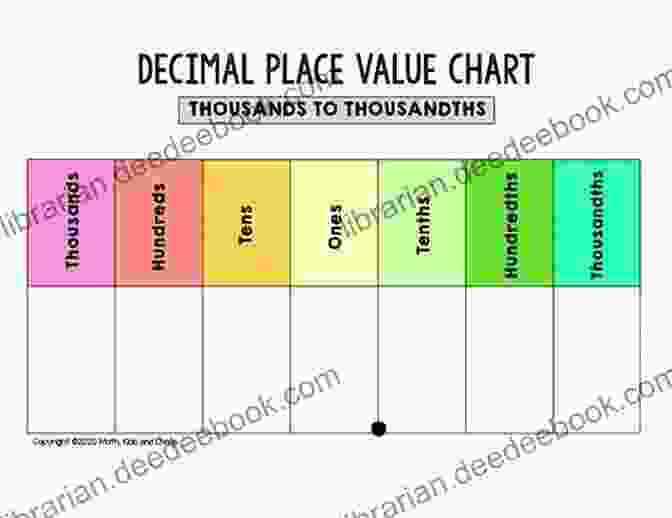
The modern number system is a powerful tool that allows us to represent and manipulate large numbers. It is used in all areas of science, technology, and society.
The Future of Number Systems
The future of number systems is uncertain. However, it is clear that we will continue to need new and more powerful ways to represent and manipulate numbers.
One possible future development is the use of quantum computing to create new number systems that are more efficient and powerful than the current ones.
Another possible future development is the use of artificial intelligence to create new algorithms for manipulating numbers.
Whatever the future holds, it is clear that number systems will continue to play a vital role in our lives.
The history of number systems is a fascinating journey that spans thousands of years and involves many different cultures. From the rudimentary tally mark to the complex digital systems we use today, numbers have played a vital role in our development as a species.
As we continue to explore the universe and push the boundaries of human knowledge, we will undoubtedly need new and more powerful ways to represent and manipulate numbers.
References
- G. Ifrah, The Universal History of Numbers: From Prehistory to the Invention of the Computer (John Wiley & Sons, 2000).
- K. Devlin, Mathematics: The Science of Patterns (Scientific American Library, 1994).
- E. Vittoz, The History of Science and Technology in the 19th Century (Springer, 2001).
4.5 out of 5
| Language | : | English |
| Hardcover | : | 160 pages |
| Item Weight | : | 1 pounds |
| Dimensions | : | 5.98 x 9.02 inches |
| File size | : | 5769 KB |
| Print length | : | 35 pages |
| Screen Reader | : | Supported |
Do you want to contribute by writing guest posts on this blog?
Please contact us and send us a resume of previous articles that you have written.
 Book
Book Novel
Novel Page
Page Chapter
Chapter Text
Text Genre
Genre Reader
Reader Paperback
Paperback Magazine
Magazine Paragraph
Paragraph Foreword
Foreword Synopsis
Synopsis Annotation
Annotation Footnote
Footnote Manuscript
Manuscript Codex
Codex Bestseller
Bestseller Classics
Classics Library card
Library card Narrative
Narrative Reference
Reference Dictionary
Dictionary Character
Character Resolution
Resolution Librarian
Librarian Card Catalog
Card Catalog Borrowing
Borrowing Periodicals
Periodicals Study
Study Research
Research Scholarly
Scholarly Reserve
Reserve Reading Room
Reading Room Interlibrary
Interlibrary Study Group
Study Group Thesis
Thesis Dissertation
Dissertation Reading List
Reading List Theory
Theory Textbooks
Textbooks Rachel Clare Donaldson
Rachel Clare Donaldson Peter J Taub
Peter J Taub Joshua Newnham
Joshua Newnham Andrew Shail
Andrew Shail Alan Thorn
Alan Thorn Dr Philip Ozz
Dr Philip Ozz Dorothy Dreyer
Dorothy Dreyer Frances Ryan
Frances Ryan Alan Whelan
Alan Whelan Mark Beckloff
Mark Beckloff Dario Ciriello
Dario Ciriello Alan Huffman
Alan Huffman Karen Tate
Karen Tate Alice Maulaz
Alice Maulaz Melodie Winawer
Melodie Winawer Hanna Sandvig
Hanna Sandvig Disa Dawn
Disa Dawn Elaine Jensen Mcdonald
Elaine Jensen Mcdonald C Pam Zhang
C Pam Zhang Human Rights Watch
Human Rights Watch
Light bulbAdvertise smarter! Our strategic ad space ensures maximum exposure. Reserve your spot today!
 Griffin MitchellFollow ·18.3k
Griffin MitchellFollow ·18.3k Eugene ScottFollow ·3.6k
Eugene ScottFollow ·3.6k William WordsworthFollow ·6.2k
William WordsworthFollow ·6.2k Ed CooperFollow ·6.3k
Ed CooperFollow ·6.3k Jackson HayesFollow ·3.4k
Jackson HayesFollow ·3.4k Brenton CoxFollow ·3.4k
Brenton CoxFollow ·3.4k Thomas MannFollow ·2k
Thomas MannFollow ·2k Colin RichardsonFollow ·3.3k
Colin RichardsonFollow ·3.3k
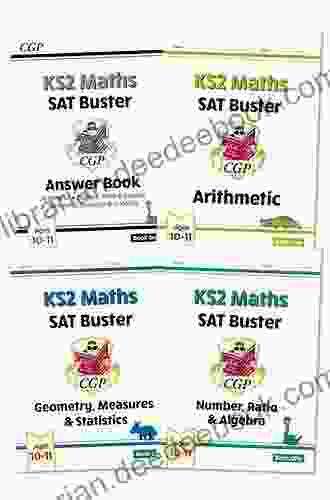
 Jayden Cox
Jayden CoxSupercharge Your Child's KS1 Maths Skills with the...
As a parent, you want to provide...

 Jaime Mitchell
Jaime MitchellSanta in Montana: Calder 11 - A Magical Destination for...
Nestled amidst...
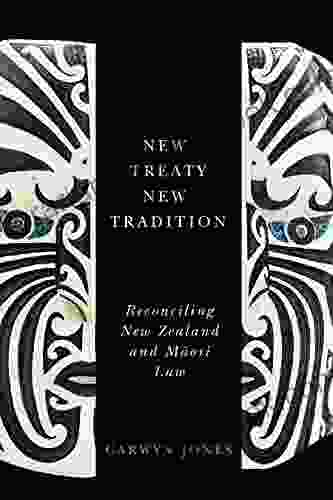
 Braden Ward
Braden WardReconciling New Zealand and Maori Law: A Path Forward
The relationship...

 Alexandre Dumas
Alexandre DumasEnchanting Delights: Exploring Tchaikovsky's Beloved...
The Nutcracker Suite, composed by the...

 Vernon Blair
Vernon BlairHow To Make Multi Colored Aromatic Healing Soaps
Stepping into a warm bath infused with the...
4.5 out of 5
| Language | : | English |
| Hardcover | : | 160 pages |
| Item Weight | : | 1 pounds |
| Dimensions | : | 5.98 x 9.02 inches |
| File size | : | 5769 KB |
| Print length | : | 35 pages |
| Screen Reader | : | Supported |


